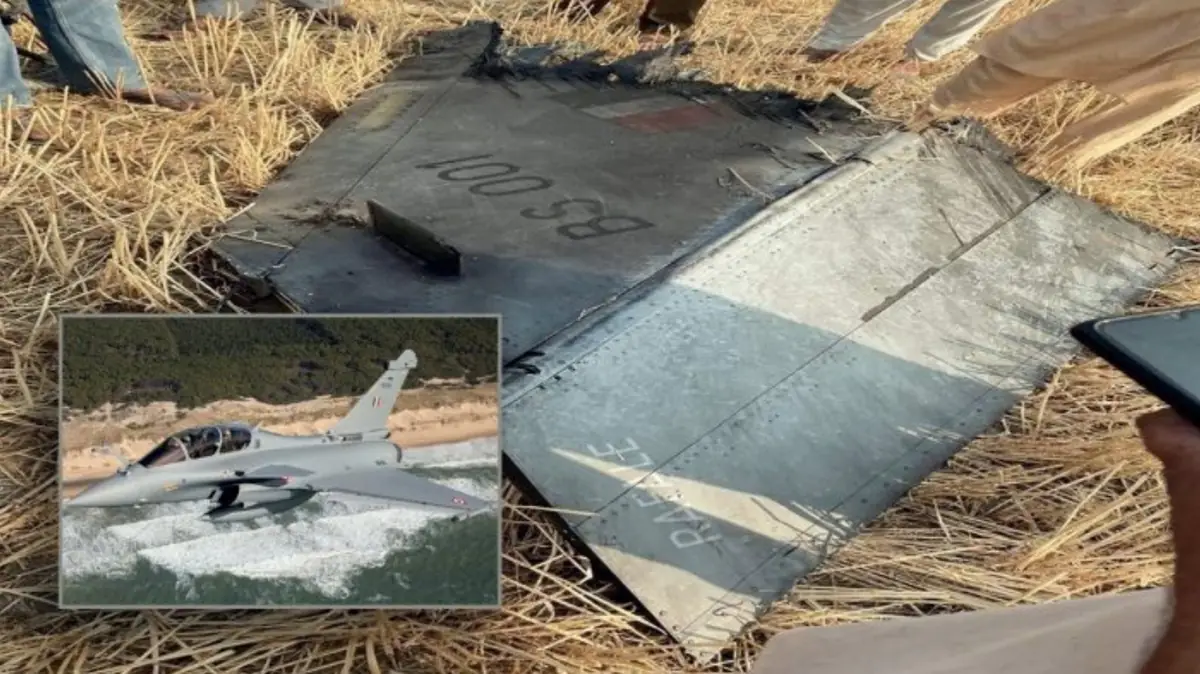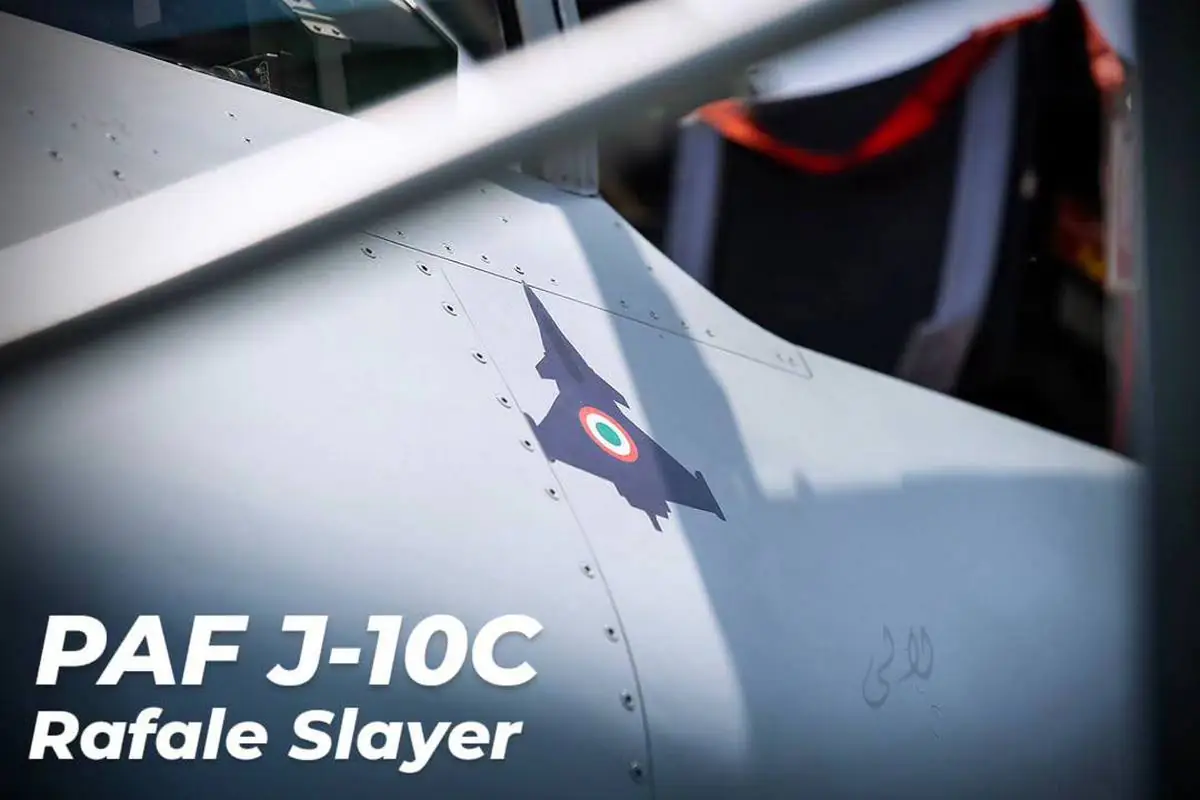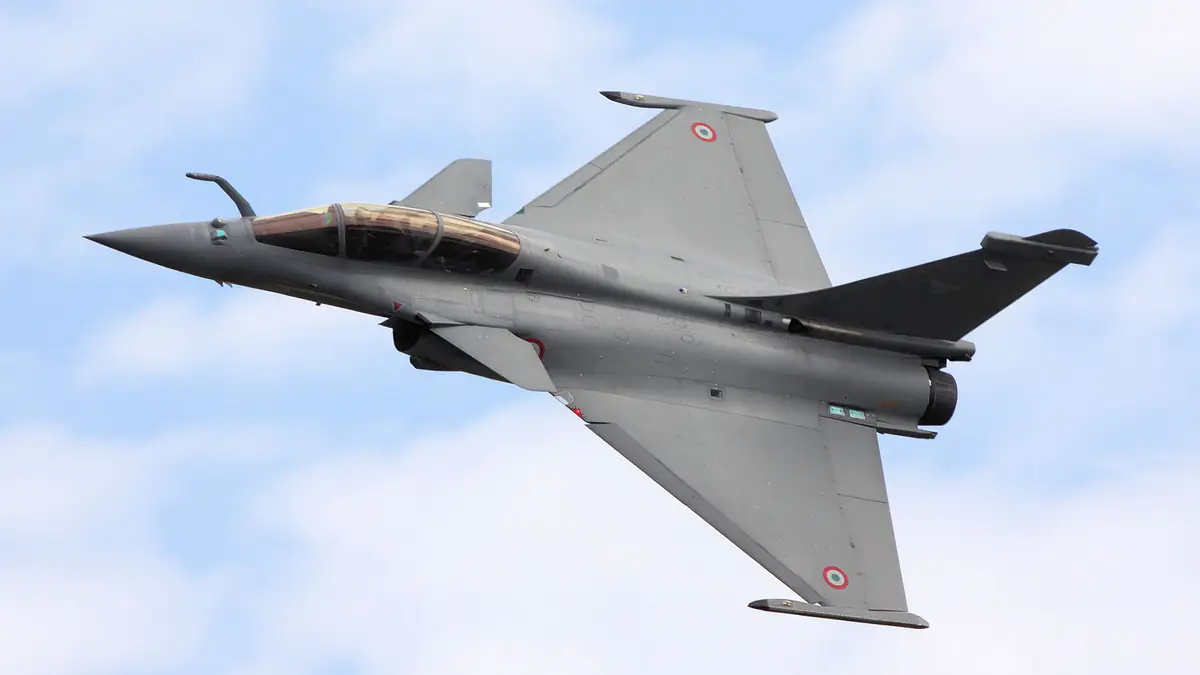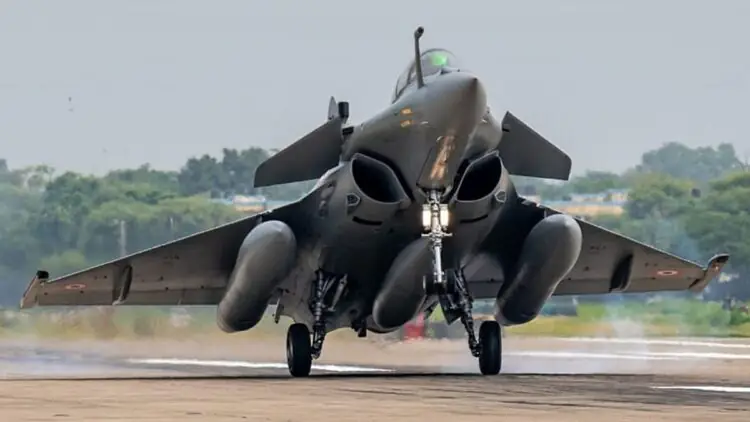On August 2, 2025, Said Shah and Shivam Patel detailed in a Reuters report how a Pakistani J-10C fighter destroyed at least one Indian Rafale by launching a PL-15 air-to-air missile from approximately 200 km away – significantly beyond what Indian planners had anticipated.
The reconstruction of the events on May 7, 2025, over the Pakistan border zone highlights current trends in aerial combat: the use of beyond-visual-range (BVR) weapons, integration of sensor systems, electronic warfare, and the critical importance of information dominance. This data-driven and deceptive battle showed that the decisive factor is not the aircraft type, but the accuracy of intelligence and speed of information processing.

Official confirmations remain limited, but analysis and imagery suggest this is the first combat loss of a Rafale aircraft. The Indian side has not publicly commented, while the narrative space is filled with conflicting statements and misinformation. Engine debris and a MICA missile found on the pylon are the only tangible evidence.
Two points stand out. First, according to sources, the Pakistan Air Force commander openly admitted he “wanted a Rafale.” Second, information proved to be the key advantage. As retired Air Marshal Greg Bagwell emphasized, “The side with the best situational awareness won.” Both parties conducted operations primarily within their own airspace, relying heavily on sensors and guidance systems, with much of the engagement occurring at a distance.
An intelligence miscalculation by India regarding the actual range of the PL-15 missile proved fatal. Pilots believed the safe engagement distance was around 150 km, based on the export version’s specifications. In reality, the J-10C launched the missile from approximately 200 km away, making this strike one of the longest confirmed beyond-visual-range (BVR) kills. It’s important to note that effective range depends not on static figures, but on factors such as altitude, speed, and guidance support.

The second key factor was the networked system. Pakistan integrated data from aerial, ground, and space-based sources via Data Link 17, sharing radar information with the J-10C fighters. This enabled them to operate stealthily and launch missiles from extreme ranges. India, with a more diverse aircraft fleet, is still developing comparable network capabilities. This does not indicate an outright superiority of Chinese technology over Western systems, but rather demonstrates how a well-coordinated data system can offset numerical or platform advantages.
Following the engagement, India swiftly adjusted its tactics, launching BrahMos missile strikes on nine Pakistani airbases and radar stations before the ceasefire was declared on May 10. An observation aircraft was also damaged on the ground during these strikes.

For analysts, this confrontation was less a test of the Rafale itself and more a confirmation of a fundamental principle: even a modern 4.5-generation fighter can be vulnerable without information superiority. While the Rafale’s kinematics, sensors, and Spectra system remain formidable, the decisive factor turned out to be a misjudgment in the initial assumptions. India is already upgrading its equipment – including the Su-30MKI fleet – and revising its tactics. The outcome of the next beyond-visual-range (BVR) engagement could be very different.
Source: TheAviationist








